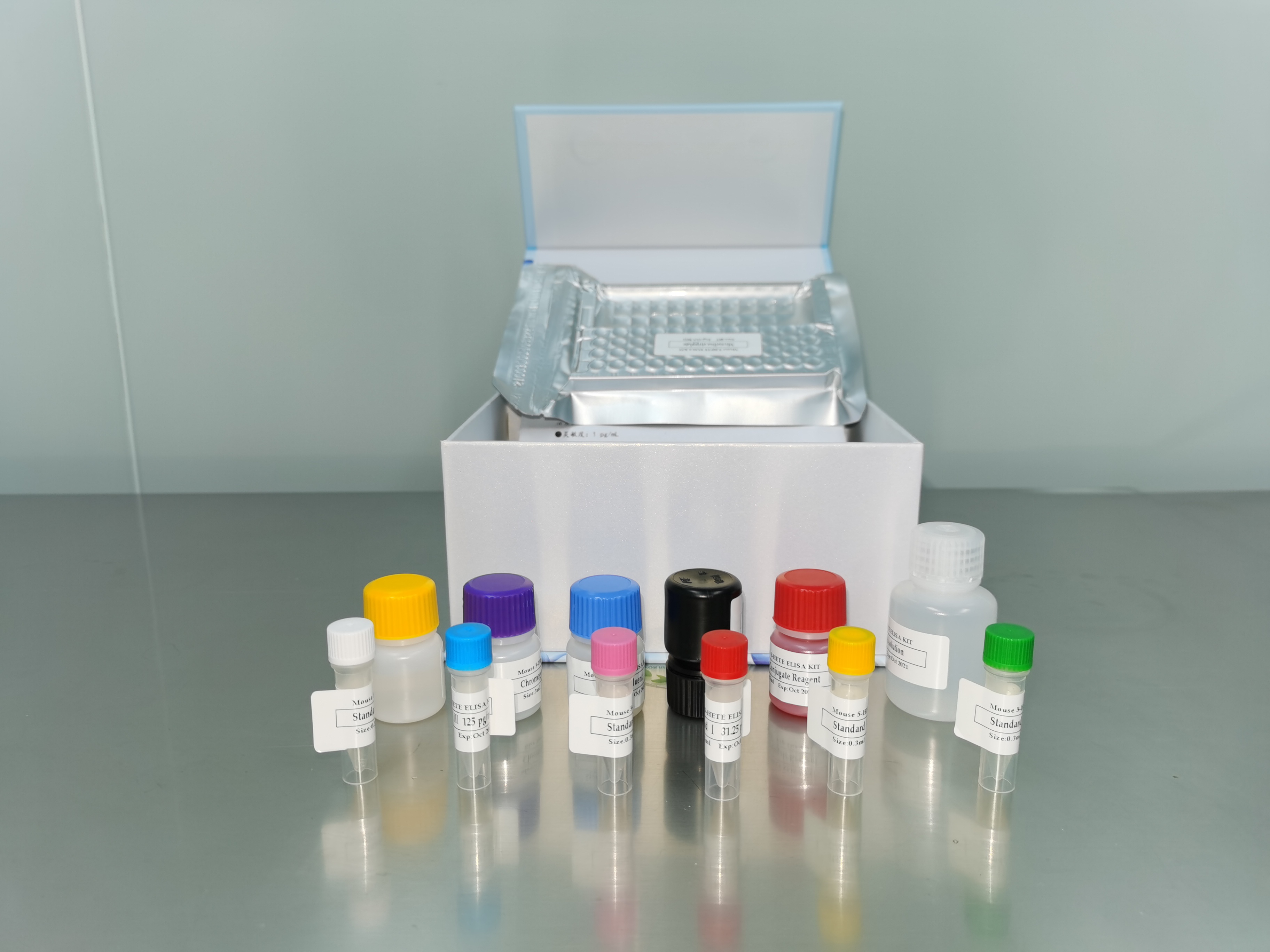| 产品名称: | ESF 158 |
|---|---|
| 商品货号: | TS141042 |
| Organism: | Mus musculus, mouse |
| Tissue: | inner cell mass |
| Cell Type: | embryonic stem cell |
| Product Format: | frozen |
| Morphology: | spherical colony |
| Culture Properties: | Adherent |
| Biosafety Level: | 1
Biosafety classification is based on U.S. Public Health Service Guidelines, it is the responsibility of the customer to ensure that their facilities comply with biosafety regulations for their own country. |
| Age: | embryo |
| Derivation: | The clonal embryonic stem cell line #693 ES ESF 158 was derived from a strain ESF 158 mouse blastocyst PubMed: 11730008. The ES cells were shown to populate the germ line of two host blastocyst donors, FVB/NJ (FVB) and the coisogenic strain C57BL/6-Tyrc-2J (c2J). Coat-color chimera production was high using c2J blastocysts while FVB blastocysts produced a low number of chimeras PubMed: 11730008. |
| Clinical Data: | The ES cells were shown to populate the germ line of two host blastocyst donors, FVB/NJ (FVB) and the coisogenic strain C57BL/6-Tyrc-2J (c2J). |
| Comments: | The clonal embryonic stem cell line #693 ES ESF 158 was derived from a strain ESF 158 mouse blastocyst PubMed: 11730008. The ES cells were shown to populate the germ line of two host blastocyst donors, FVB/NJ (FVB) and the coisogenic strain C57BL/6-Tyrc-2J (c2J). Coat-color chimera production was high using c2J blastocysts while FVB blastocysts produced a low number of chimeras PubMed: 11730008. |
| Complete Growth Medium: | Grow ES cells in Mouse ES Cell Basal Medium (ATCC SCRR-2011) that has been supplemented with the following components: 1. 0.1 mM 2-mercaptoethanol (Life Technologies Cat. No. 21985-023) 2. 1,000 U/mL mouse leukemia inhibitory factor (LIF) (Millipore Cat. No. ESG1107) 3. 10% to 15% ES-Cell Qualified FBS (ATCC® SCRR-30-2020) or an ES cell qualified serum replacement Complete Growth Medium for Mouse ES Cells is stable for 14 days when stored at 2°C to 8°C. |
| Subculturing: | Procedure Note: To insure the highest level of viability, pre-warm media and Trypsin/EDTA to 37ºC before adding to cells. Volumes used in this protocol are for T75 flasks. Proportionally adjust the volumes for culture vessels of other sizes. A split ratio of 1:4 to 1:7 is recommended. Feeder Cell Preparation for Subcultures
Dissociation and Transfer of ES Cells
|
| Cryopreservation: | Freeze medium: Complete growth medium supplemented with an additional 10% FBS and 10% DMSO. Storage temperature: liquid nitrogen vapor phase |
| Culture Conditions: | Atmosphere: air, 95%; carbon dioxide (CO2), 5%
Temperature: 37°C |
| Name of Depositor: | F.Brook |
| Deposited As: | mouse |
| References: | Brook FA, et al. The derivation of highly germline-competent embryonic stem cells containing NOD-derived genome. Diabetes. 52:205-208, 2003. PubMed: 12502514 Brook FA, Gardner RL. The origin and efficient derivation of embryonic stem cells in the mouse. Proc. Natl. Acad. Sci. USA. 94: 5709-5712, 1997. PubMed: 9159137 |


